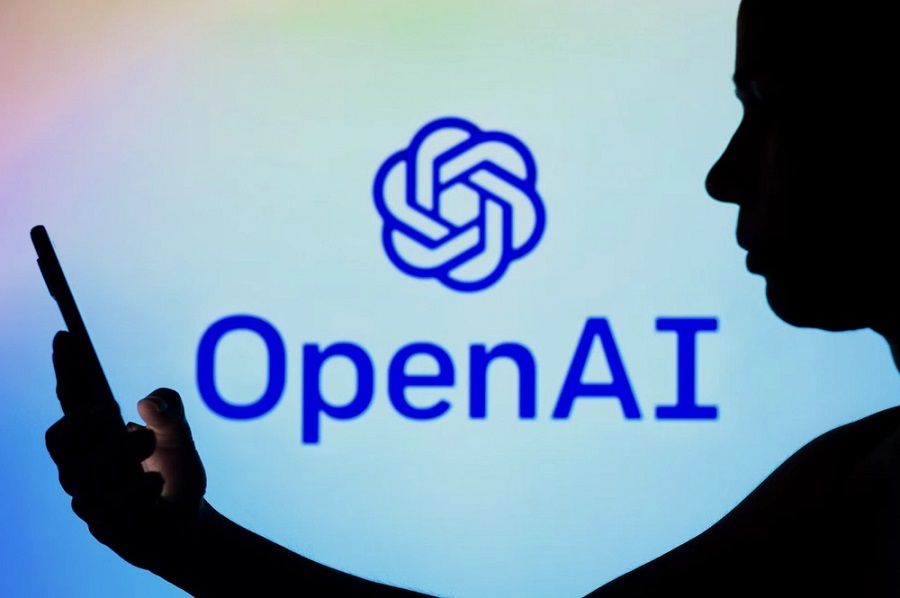The launch of ChatGPT has created a buzz and a sense of interest among various sections of society with heightened curiosity about its utility and implications. It can be used for a wide range of purposes, including (but not limited to) customer experience journey improvements, sales cycle improvements, and content creation and management. Hence, expectations are that the applications of ChatGPT will be diverse and for all sorts of things. Not surprisingly, there was a report that a Colombian judge consulted ChatGPT for preparing a ruling in a case.
It opens up opportunities to explore the utility of ChatGPT for project management as well. Some of the potential avenues are knowledge augmentation, problem resolutions (where possible by gaining clarity and answers to some questions), sparking creative thoughts, and learning from human-machine interaction for developing this relationship further to improve project efficiencies.
What is more exciting is the fact that the developments in ChatGPT have brought the spotlight on the use of Natural Language Processing (NLP), one of the most widely used applications of artificial intelligence (AI). To put things in perspective, NLP is defined as “any computer-based algorithm that handles, augments, and transforms natural language so that it can be represented for computation“ (Niimi, 2021, p.2150). NLP is used for applications in healthcare, education and banking, just to name a few. NLP solutions come in various forms, such as chatbots, call bots, and smart assistants.

The growing dependence on NLP and AI-based solutions (e.g., customer experience improvements) for day-to-day business and organisational management (including project management) shows the promise and role that such solutions could and will play in the future. Specifically, in relation to project management, it is predicted that by 2030, “80% of project management tasks will be run by AI, powered by big data, machine learning (ML), and natural language processing” (Nieto-Rodrigue & Vargas, 2023). If these predictions are to come true, this sounds staggering and deserves careful consideration.
Undoubtedly, technology will play a significant role and shape the future. One may like it or not, but it is what it is. This raises the question: how NLP and AI are being used and can be used for project management. Or in other words, what are the current uses of NLP and AI in project management, and how can NLP and AI be used to improve project efficiency? To answer the question below, we have looked at some current uses and potential areas of NLP use for project management.

Current uses of NLP and AI for project management
NLP can process and recognise spoken words (language), the grammar of the language (syntactic analysis), the meaning of words (semantic analysis), and the context of utterance (pragmatics), which can be very useful for project-based work as project management is used in every context and culture. As such, NLP and AI-driven solutions are used for various project management purposes. These include planning and forecasting, task automation, risk management, monitoring and control, and coordination (Yang, 2019).
For project-based task automation, such as organising standup meetings during agile project delivery, Geekbot and Standuply are some examples of AI-driven solutions. Yang, (2019) also highlights the application of NLP and AI for scanning historical data to predict project completion times and expected budget estimates for the projects. Other applications include JIRA for tracking work completion, Aptage to provide actionable insights for project delivery, and a project management digital assistant to help in project work. These few examples are just the tip of the iceberg in terms of the variety and breadth of use of NLP and AI-driven solutions for project management. It leads to the question, “What’s in the store?” which we discuss below.
Future and possible uses of NLP and AI for project management
Certainly, the future is bright for using NLP and AI-driven solutions for project-based work. A large number of thoughts and predictions exist on this strand. Nieto-Rodriguez and Vargas, (2023) highlight six areas that will be affected the most due to the use of NLP and AI-driven solutions for project-based work. These are:
- better selection and prioritization (for identifying and selecting the best projects and establishing a balanced portfolio);
- support for the project management office (for capability development, monitoring, and compliance)
- improved, faster project definition, planning, and reporting (for scoping, risk management etc.)
- virtual project assistants (for helping users become more efficient in their work performance)
- advanced testing systems and software (for defect identification and deploying self-correcting processes)
- a new role for the project manager (teaching project professionals, including project managers and educators, how to use AI)
In addition, NLP and AI will also be very helpful in human performance modelling to model project staff cognition and behaviours to suggest improvements in their performance and overall efficiency, reduce human errors, and improve overall satisfaction for the client. Schmelzer (2019) argued the role of predictive analytics in enhancing project efficiencies, which is also highlighted in the six areas of impact discussed above. Predictive analytics appears to be a game changer for understanding anomalies and predicting patterns to make informed decisions. Given the high rates of project failures, the above-limited discussion points to the utility of AI in reducing such failures, and this could be just the beginning of what NLP and AI could offer.
Concluding thoughts
Despite the above presentation, there is no doubt that the current knowledge on using NLP and AI in project management is focused on “low-hanging fruits” (i.e., to highlight the positive outlook). It requires further exploration of the potentially negative consequences of using NLP and AI for project planning and delivery. It means that to develop further understanding and leverage NLP and AI for project management, we must focus on both the beneficence and nonmaleficence contexts of their use. Only then will we be able to strike a reasonable balance.
However, as a starter, it is critical to capitalise on the positives and work to correct the negative consequences. With that in mind, we have looked at the potential of NLP and AI for project work. Needless to say, the discussion focused on highlighting the significant opportunities and the future outlook is intended to stimulate thought and is not conclusive or exhaustive, but with the hope of advancing further work in this domain.












Replies to This Discussion